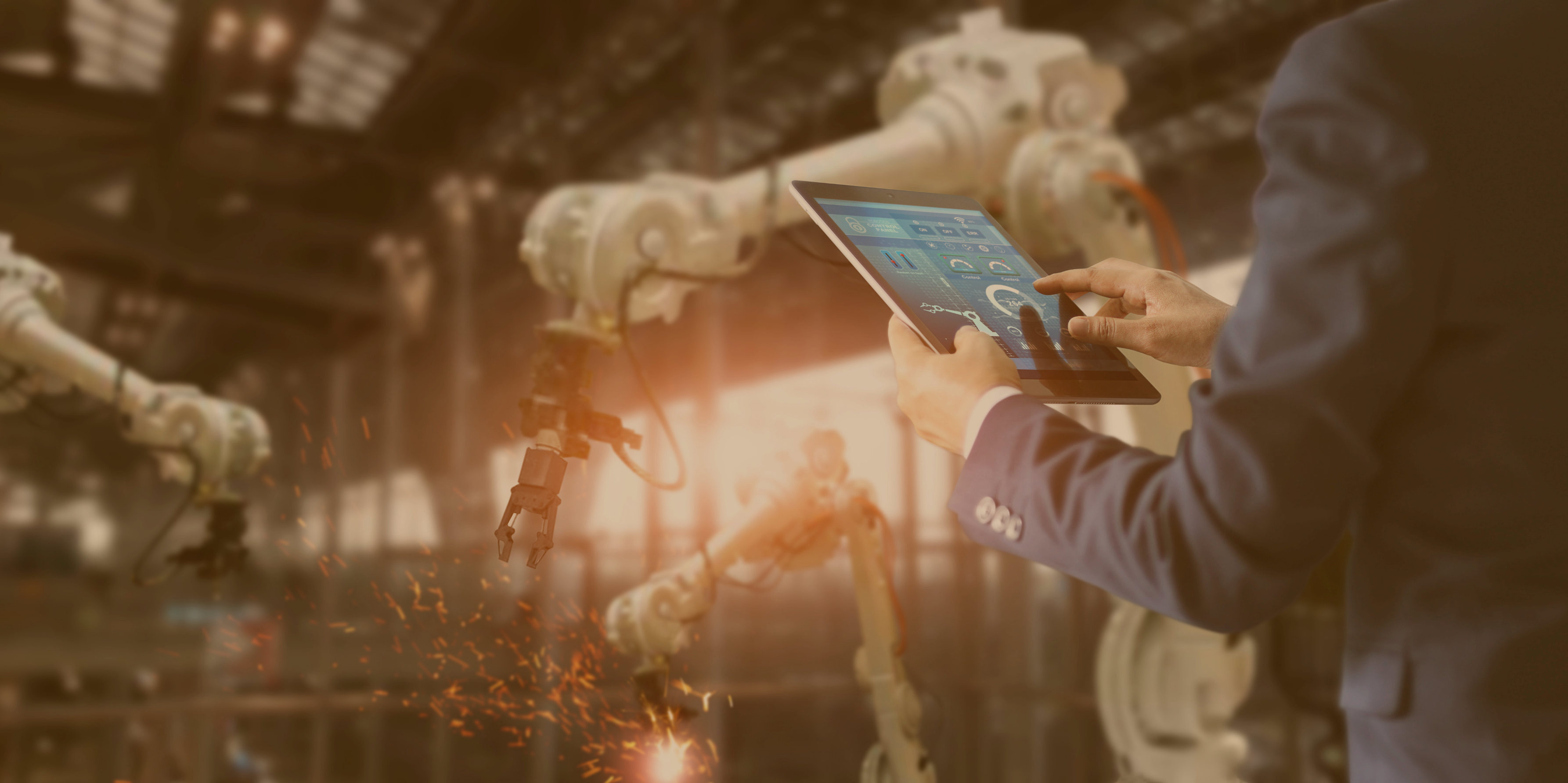Hyper automation- the new frontier in enterprise automation

Hyper automation, as the name suggests, is a business-driven approach that uses advanced technology to identify and automate every process in an enterprise that can be automated.
Increasingly, companies want to automate repetitive, time-consuming tasks including those that require exception processing and human intervention.
Automation indeed allows processes to be completed faster, more efficiently, and with higher accuracy, but is usually tool specific.
Hyper-automation is the utilization of advanced technology with many tools centered on Robotic Process Automation (RPA), Internet of Things (IoT), Intelligent Business Management Software (IBMS), and components of Artificial Intelligence (AI) with terms like Machine Learning (ML), Neural Networks (NN), and Deep Learning (DL).
Some of the goals organizations can achieve with hyper automation are:
Some needs and goals that drive organizations towards hyper automation include the following:
- Helps them keep up with demand.
- Increases efficiency by identifying and automating outdated work processes resulting in latency/inability to compete.
- Improves knowledge worker efficiency.
- Increases consistency of production and higher quality products with less (or no) human error.
The endeavor is to automate anything that can be automated so that the workforce does not have to perform repetitive monotonous tasks but instead use the time for much more productive tasks.
For example, in a shop floor, there may be several sensors used to monitor and report extreme temperatures, pressure, vibrations, torque, and other varied parameters real-time.
Apart from the sensor data, the organization has multiple information systems such as enterprise resource planning (ERP) and any manufacturing execution system (MES). These systems also have a lot of data stored in different formats.
To avoid creating tactical, siloed automations, data across different hierarchical manufacturing levels across the shop floor resources and information across the supply and value chain must be integrated. This enables collaboration between businesses by leveraging production chains across the globe and vast networks of data.
By combining data integration and process analytics, organizations can leverage data from their information systems to understand the performance of their processes, revealing bottlenecks and other areas of improvement. Once automated, these workflows and processes can easily be managed in a single digital platform.

Hyper automation and Corporate Memory
Ready to embrace the digital transformation? eccenca Corporate Memory is a graph platform that fits perfectly with your existing software, technology, data, and processes. Designed to address your operational challenges, Corporate Memory promulgates global findability, accessibility, interoperability, and reusability of product knowledge.
Optimize and automate your business processes to improve efficiency and reduce costs with our platform, using advanced analytics, activity monitoring, and decision management capabilities. Thereby, helping your organization increase knowledge worker productivity and efficacy, build a sustainable approach towards scaling decision automation, and AI governance.
Join forces with us to revolutionize the way you do business, today!
